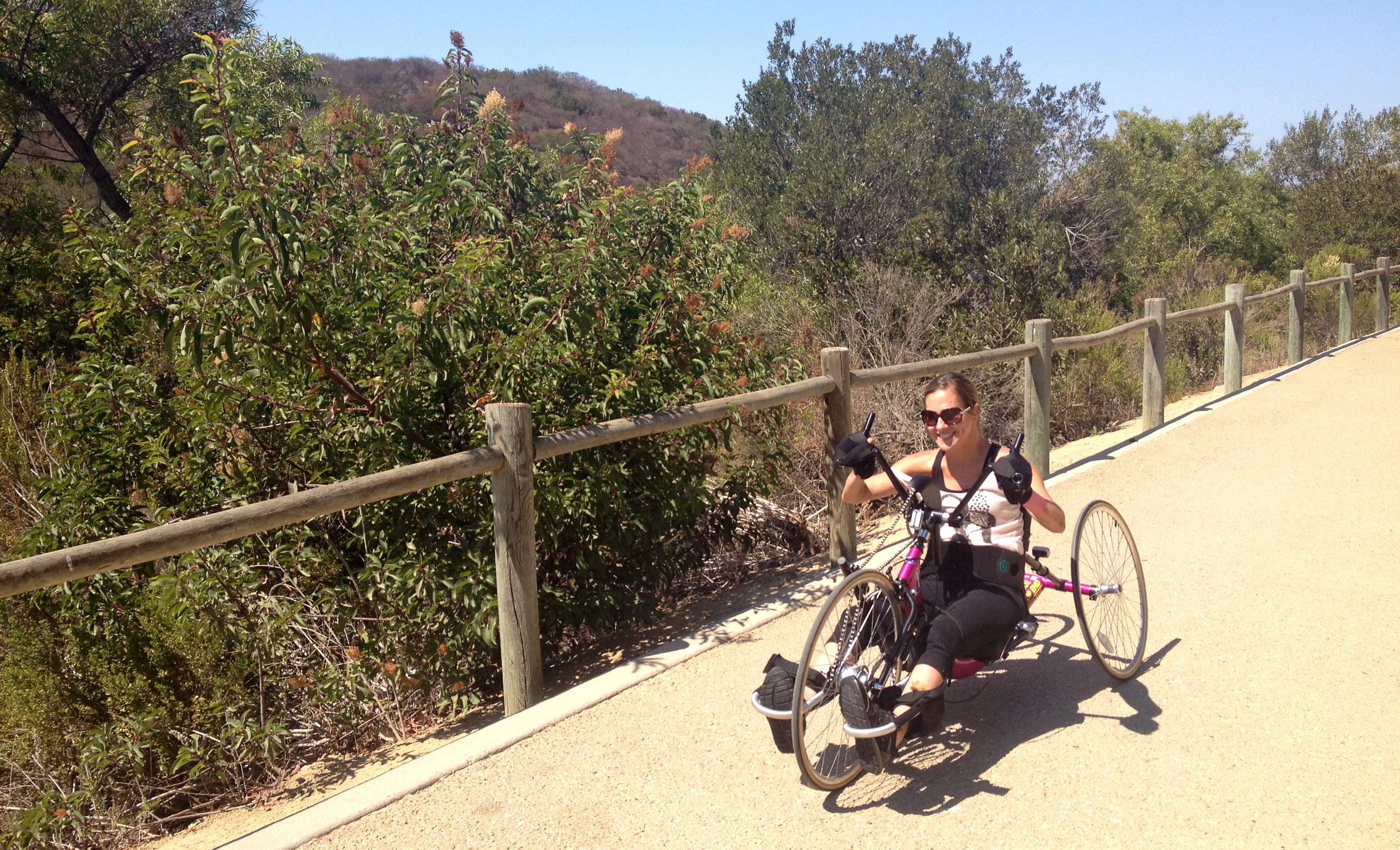Having any injury or disorder that affects you physically can pose a challenge when it comes to fitness. There are many medical centers, clinics, and physical therapy offices that serve as resources for fitness and disability. Typically after a short while, insurance stops covering these resources and that’s when it can be difficult to figure out “where do I go from here?” There are definitely options.
One option is to stay within the medical system. The medical system has a range of services when it comes to post-acute care. If you are fortunate enough to have access to long term medical attention specific to neurological disorders, this is a viable option which can provide good service, but get very expensive to pay out of pocket.
Going to a post-acute injury clinic is another option. The services can vary clinic to clinic and have a range of prices. These clinics may have a variety of rehab-specific equipment that can be very beneficial. Some may be non-profit, some are for-profit, and some offer alternative health such as acupuncture, yoga, and nutritional support. The product tends to vary from clinic to clinic depending on the staff and philosophy, so be sure to do your research and see what appeals to you.
Training at your local gym is another option. A major downside is that the typical gym setting is difficult or impossible for those that have mobility issues. A routine can sometimes be formed based on machines you can get in and out of with minimal/no assistance. If mobility issues make it difficult to transfer in and out of tight spots, this setting might not be the best. On the upside, it’s the most economical option.
In-home training is a fourth option. This tends to be the most economical of the assisted services. The main downside is that trainers are limited to equipment that can be transported from place to place. The benefits are that you eliminate the process of having to get to and from training sessions, caregivers/family members can continue their daily activities, and cost tends to be lower. Another upside, from a functional standpoint is that your trainer can practice activities you want to improve on, in a real-life setting. For example: transferring in and out of bed/car, standing at the counter, reaching the sink or into the cupboards, and figuring out what exercises you can do in your home without assistance/minimal assistance from caregivers.

